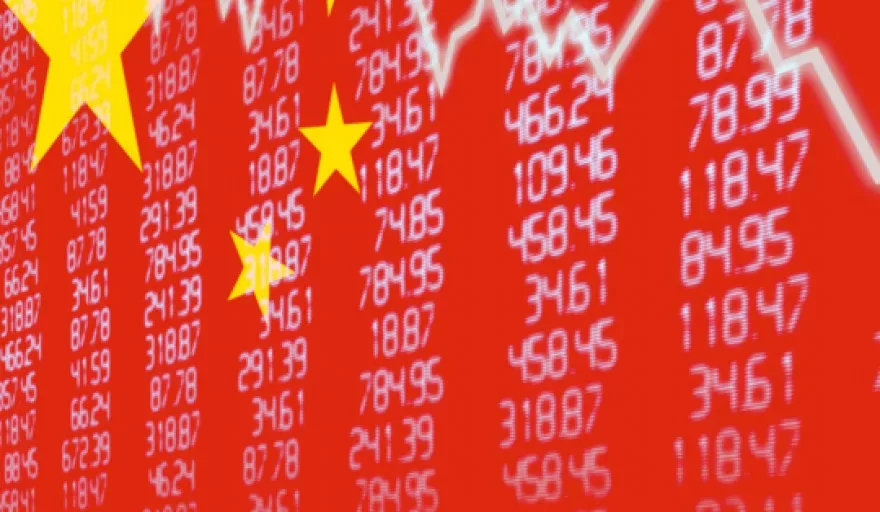The financial world order has yet to stabilise into a new normal following the last global crisis, but Amundi Asset Management’s Global Chief Investment Officer, Pascal Blanqué believes that a new ‘normal’, with a greater level of complexity will be the order of the day.
“Typical reaction of the markets is to go back to the old framework, to memories of the past,” he said at the World Capital Markets Symposium 2015 Roundtable discussion entitled, ‘The Shape of Things to Come: Financial Market Outlook 2016’. “What we are seeing today is [a comparison] back to the 1997 reference point and this is wrong.
“Countries in ASEAN are no longer in the position they were in 1997.”
Blanqué was one of four panellists discussing issues that seem to be helping shape 2016 into another year of volatility marked by currency turmoil and unstable growth.
One development to have spooked global investors recently was the sudden drop in China’s stock markets amidst fears of economic imbalance. However, Chi Lo, BNP Paribas Investment’s senior economist said that investor fears may have been overdone.
“The impact of China’s volatility is the fear factor. The connectivity between China and rest of the world is trade. Countries that export to China are dependent on China’s domestic demand,” he said. “But the impact of volatility is less than four percent of GDP in emerging markets and less than one percent in developed markets.
“The impact therefore is the sudden change in Chinese economic policy that looks different from recent years and the world doesn’t know how to handle it.”
From this perspective, Chi Lo added, government moves to liberalise the renminbi, for example, could add to volatility because of China’s stature in the global economy. He added that a sudden return to positive growth for China would change sentiments completely towards the country.
Closer to home, the anticipation of the creation of an ASEAN Economic Community (AEC) by the end of this year has also blurred future prospects of the region. While stakeholders are generally positive about the creation of the regional bloc, Maybank’s Group Head of Global Banking. Amirul Feisal said much work remained to be done.
“I think the hope for a single ASEAN grouping is still there. We have the AEC beginning this year where we expect more not just free trade but mobility of human resources and capital,” he said. “While the intent is there, we also see non-tariff barriers coming up and that is hindering the creation of a single economy.
“Even though the single unit may be something that we hope for, it may take a while.”
However, added Amirul, ASEAN’s demographic makeup with a median age of 28 against 40 in Europe continues to create opportunities despite challenges. This view was echoed by Chi Lo who said a recovery in China will have positive ramifications for the region, and could prove to be a growth catalyst in 2016.
The panellists agreed that long-term global growth will come from emerging markets. However, these markets will need to invest in infrastructure and rebalance their economy to promote what Blanqué calls “indigenous growth” rather than growth driven by external trade.
The World Capital Markets Symposium 2015 is a platform to promote informed debate led by global opinion leaders, policy makers, influencers, domain experts, business and market leaders on market issues of the day. The two-day Symposium, held at the Mandarin Oriental Hotel Kuala Lumpur ended on 4 September, 2015.



































